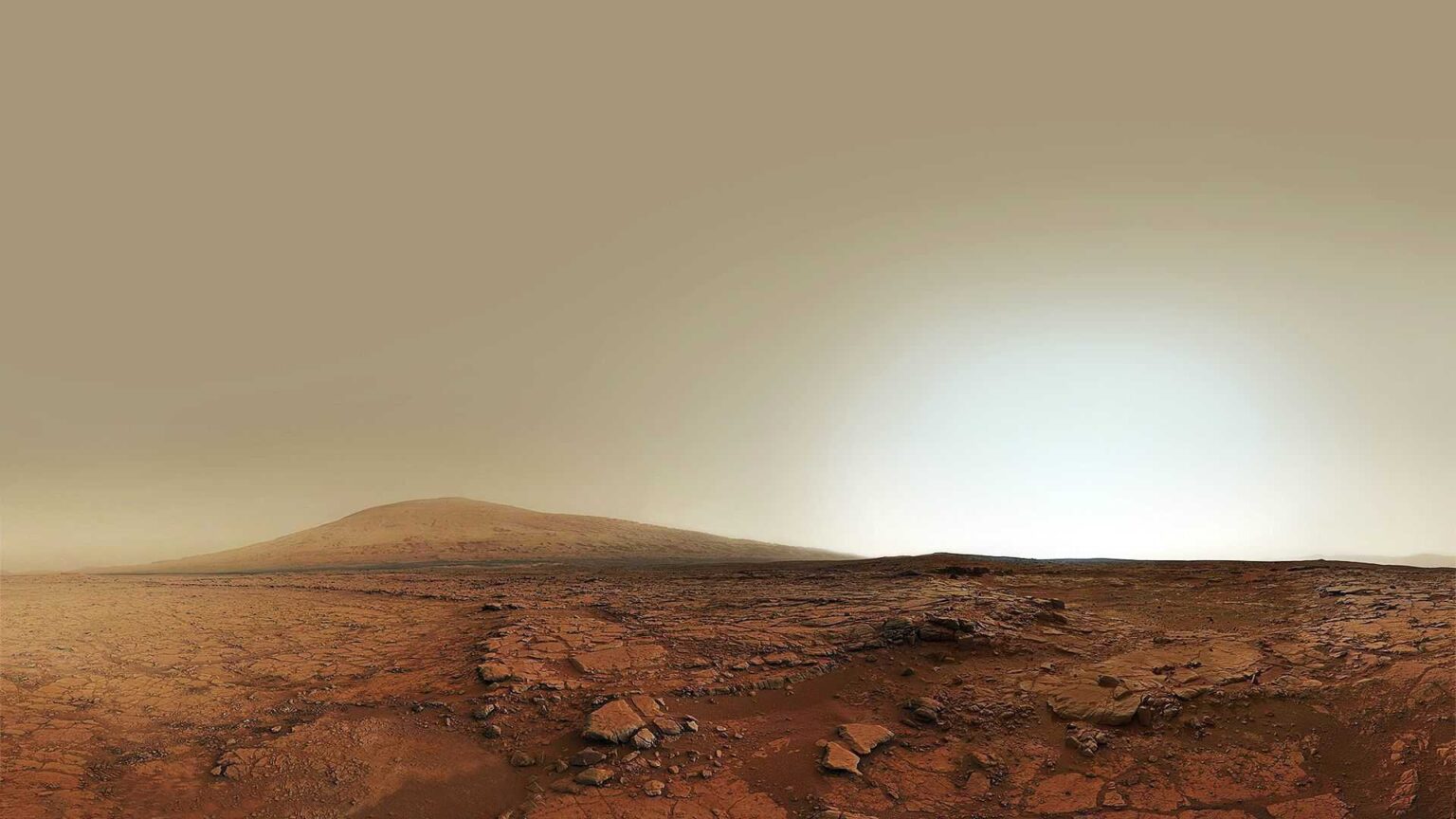30 October 1938. Sunday evening. At 8pm Americans had just finished their dinner and were settling in for a bit of relaxation. Some were knitting, others were reading. Most were listening to the radio – the most popular medium of the time.
On CBS radio – the same station that later launched the famous and original shock-jock Howard Stern, and is today the most popular station in the US for listening to baseball games – many listeners tuned in to hear a weather report about some activity over Nova Scotia resulting in rain, after which there was some light music, when suddenly…
“Ladies and gentlemen, we interrupt our program of dance music to bring you a special bulletin from the Intercontinental Radio News. At twenty minutes before eight, central time, Professor Farrell of the Mount Jennings Observatory, Chicago, Illinois, reports observing several explosions of incandescent gas, occurring at regular intervals on the planet Mars…”
For the next 50 minutes, via a series of live broadcasts, official reports and interviews with witnesses, the radio station described strange cylinders landing on earth that opened to reveal slavering, tentacled creatures and machines that proceeded to zap onlookers and military forces with jets of flame… an alien invasion.
Of course, none of it was real. The broadcast was a play of sorts, directed by Orson Welles, that was based on the book The War of the Worlds by HG Wells. But it was so realistic – and its format was so innovative – that it caused shockwaves through American society. Depending on who you ask, New Yorkers ran out into the street in blind panic, hospitals were filled with casualties, old men died of heart attacks in front of their radios, and people in the countryside shot at water coolers that they mistook for alien death ray machines. The following day, the New York Times front page yelled, “Radio Listeners in Panic, Taking War Drama as Fact”.
The extent of the panic has been disputed (although the shooting of water towers – which is probably the best bit – has been confirmed), and an article in the Telegraph claims that much of the newspaper scaremongering was a deliberate attack by one medium on another, but this earliest case of ‘fake news’ confirms one thing beyond a shadow of a doubt: ever since we became aware of our neighbouring planet in the solar system, people have been obsessed with Mars.
Early exploration
The first five spacecraft that were sent to Mars – all of them Russian – failed. It was only in 1967, seven years after the first attempt, that the USA’s Mariner 4 reached Mars orbit. It was the first time people got to see close-up photographs of another planet. The reaction? Disappointment.
For centuries, people have been dreaming of another world on Mars, with red plants and purple oceans and alien civilisations. The photographs that Mariner 4 beamed back home looked pretty much like the Moon – a barren, pockmarked desert. And yet there they were: a modern miracle, photographs of a landscape 200 million kilometres away. In 1971, the Russians launched the first ever Martian lander – named Mars 2. Turned out to be more of a crash lander as its brake rockets failed but the first ever artificial or man-made crater was created on the red planet. One week later, on May 28, the Russians launched Mars 3. Six months later, Mars 3 became the first successful spacecraft to land on Mars. It beamed 20 seconds of video to its orbiting unit before its transmitter failed.
Seven years later, NASA launched the Viking Mission – two landers that delivered a slew of rich data, including 52 000 colour photographs and weather information, and scanned the surface for life. The first rover landed on Mars in 1996. The six-wheeled Sojourner did a few laps around its landing unit, and transmitted some data, but the main purpose of the mission was not Mars itself.
The golden age of space exploration was over. In the entire decade of the ’80s, only two spacecraft were sent to Mars: the Russian Phobos probes, named after their destination, which was one of Mars’ moons. In the mid-90s, NASA’s Discovery missions set out to prove that low-cost space missions were possible, so the first Mars rover, the abovementioned Sojourner, was there on a shoestring! It was only about 10 years later, however, that the next significant mission to mars landed the Mars Exploration Rover’s two rovers on the planet – Spirit and Opportunity. Thirteen years later, Opportunity is still active! But it is not alone. In 2012, NASA landed the Curiosity rover on Mars, and next year the European Space Agency plans to send its rover ExoMars to join them.
Life on Mars
The search for life on Mars is a tangential one. On one hand, the thin atmosphere of the planet makes the Sun’s UV radiation lethal for cells and microbes. On the other hand, cells and microbes might be able to exist under the soil of the planet – if there was water.
So, scientists are looking for water; if they find it, there’s a good chance that there was once life on Mars, or that there could one day be life there. The good news is that there is actually lots of water on Mars. The bad news is that it is all frozen at its poles. There is mounting evidence of water buried in the upper mantle – the crust – of the planet, enough to cover the entire surface many times over. And some theories claim that in the earliest days of our solar system, there was liquid water on Mars.
In 2015, a research paper published in Nature Geosciences journal claimed proof that liquid water exists on Mars. Scientists had studied imagery served to them from one of the Martian orbiters, and spectral analysis showed that chemical composition of some streaks proved they were formed by flowing water. Today, however, these claims have been shown to be the result of sand flows – not water.
The search continues.
Mission to Mars
Elon Musk is a big dreamer. But his biggest ambition yet is found in the catchphrase “multiplanetary species”. His vision to send a settler crew to Mars by 2024 is well known and widely publicised, but how realistic is it?
Perhaps the biggest clue to the seriousness and viability of the planned mission is the technology behind it. SpaceX has until now been launching (and landing) the Dragon, Falcon and Falcon Heavy rockets. But then BFR is specifically aimed at expanding the passenger capacity of commercial space travel (that is, cutting transatlantic flight time from 8 hours to 30 minutes) while offering a serious option with regard to Mars.
It’s a bit like sending a souped-up Boeing to the Moon; but where the profits from all those trips to Dubai pay for the mission into space. It takes about 6 months for a spacecraft to reach Mars. That means that SpaceX’s first settlers will need to survive for at least that long before a shipment of supplies reaches them from Earth. Musk plans to get around this logistical obstacle by sending supplies ahead of them. The grand plan is to terraform – that is, use existing chemicals and conditions on Mars to create an increasingly habitable atmosphere on the planet. Musk’s biggest obstacle is the same as yours and mine when we think about our dreams for the future – cost. But the fact that he is able to reuse his rockets – in particular their boosters, which comprise 70% of the cost of a rocket – means mega savings that might just make this a viable technology sooner than we think.
All this may be a dream for now, but it is more of a reality than a fake news report on the radio in 1938. And you never know where it may lead in the years beyond.
Upgrade on Vodacom Online
Don’t get left behind these holidays. Upgrade on Vodacom Online and get free connection, free SIM and free delivery.



